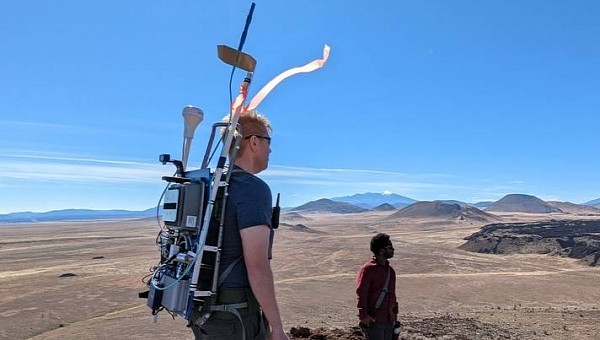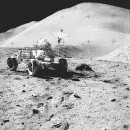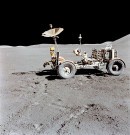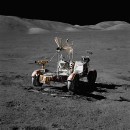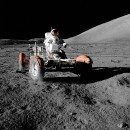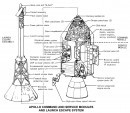Communication is key when dealing with unprecedented human-crewed space missions to parts of heavenly bodies we've yet to explore. That's why NASA and the European Space Agency have a vested interest in establishing the same 4G and 5G LTE wireless communications infrastructure we take for granted on Earth but on the Lunar soil.
Such equipment can't just be tested on-sight at the Lunar surface. It needs years of testing here on Earth before NASA feels comfortable mounting it inside an SLS booster rocket bound for deep space. To work out some of the bugs, NASA personnel traveled to the deserts of Arizona at the sight of an ancient lava bed not too dissimilar in scale to the surface of the Moon.
Though the terrain does a solid job of impersonating the rough nature of the Lunar surface, there are simply some aspects of the Moon that can't be recreated here on Earth. For one thing, Lunar soil, also known as regolith, has electrostatic properties that bind it to man-made objects like spacesuits, crew capsules, and even human lungs in a worst-case scenario.
Brutal levels of degradation and a-typical environmental conditions brought human technology of the Apollo era to its limits. But modern Lunar LTE services need to be cut above late 60s tech in order to be reliable on upcoming Artemis program missions to the Lunar South pole. Terrabytes of information have the potential to be relayed back to mission control at any given time while Humans are on the Lunar surface.
Losing even a fraction of this data could spell catastrophe should an unfortunate series of events transpire. That's why novel outer space LTE services will still be backed up by traditional forms of radio communication used since the very dawn of manned spaceflight. It's just one more aspect of how NASA's Artemis Program is nothing short of spectacular.
Though the terrain does a solid job of impersonating the rough nature of the Lunar surface, there are simply some aspects of the Moon that can't be recreated here on Earth. For one thing, Lunar soil, also known as regolith, has electrostatic properties that bind it to man-made objects like spacesuits, crew capsules, and even human lungs in a worst-case scenario.
Brutal levels of degradation and a-typical environmental conditions brought human technology of the Apollo era to its limits. But modern Lunar LTE services need to be cut above late 60s tech in order to be reliable on upcoming Artemis program missions to the Lunar South pole. Terrabytes of information have the potential to be relayed back to mission control at any given time while Humans are on the Lunar surface.
Losing even a fraction of this data could spell catastrophe should an unfortunate series of events transpire. That's why novel outer space LTE services will still be backed up by traditional forms of radio communication used since the very dawn of manned spaceflight. It's just one more aspect of how NASA's Artemis Program is nothing short of spectacular.
